Diary Entry
Sometimes you can combine the less pleasant with the pleasant. For example traveling and work. I am lucky that the offices of my company’s partners are not just around the corner, but in Belgrade. Since I’ve never been there but really like the Balkans, it is only a short matter of time before I realize my wish to visit our important partner there.
I’m even more lucky, because I’ve had a direct link with a colleague on site since I recently started my new job; we became friends directly and he warmly invited me to stay with him and show me the city, the country and the people. Couchsurfing is on the program again, only this time without a long search and strange surprises.
Uros picks me up at the airport, where my plane lands around 8 p.m. on a Friday. It is deep winter and Germany has the highest corona incidences since the beginning of the pandemic. Serbia is on the red list of high-risk areas among the EU countries, which is laughable, as the rate in this country is currently much lower than in Germany itself, France or Switzerland. Shortly after my return, Serbia will be demoted. Despite all the joy, I try to keep the risk of my trip within a reasonable range.
We end the evening in a pub near Uro’s apartment with beer and rakya. We start the new day with coffee and rakya. Everything is just fine in this country.
In addition to Turkish coffee (which, of course, is called “Serbian” coffee here) and rakya, Uros orders a slaughter plate of the local culinary delicacies. These include uštipci and kajmak, which I also got to know in Bosnia, fried goat cheese, ham, ajvar and fried eggs. There are also very typical Serbian products, such as duvan čvarci (fried pork skin strips) and poja (cornmeal balls).
Overall, I eat so much that I’ll have a stomach ache all day. I will experience this phenomenon again and again all the following days, not even the delicious rakya can reset my stomach to start.
The first day in Serbia begins and Uros can’t wait to show me everything at once.
The weather is not exactly at its best, but that doesn’t detract from our good mood. It’s December, it’s gray and we’re away from the city center, so the houses are gray and dreary too. In the immediate vicinity there are three huge skyscrapers that are waiting to be activated like a huge star portal. I suspect the nation’s great son, Nikola Tesla, to be responsible for another oversized experiment here. Unfortunately we have to forego a demonstration for now.
Uros quickly calls a private taxi to us via the “CarGo” app and we get to the city center quickly and cheaply. Except for a few buses, there is no public transport. That is certainly one of the reasons why Belgrade has once again received the award for the world’s most polluted city this year. This leaves the city of two million even behind Dehli, Mumbai, Karachi and Wuhan. A sad record.
The more or less motivated CarGo driver drops us off in the historic city center, directly opposite Belgrade’s best hotel on the square, the Hotel Moscow. We stroll through the city center and come to the large square with an equestrian statue and the National Theater. In front of this statue you arrange to meet your date, Uros explains to me.
As I noticed in Bosnia-Herzegovina, you usually have a date with a girl named “Ivana”. At least my friends and I felt at the time as if there were only Ivanas in the country. This is of course a gross and impolite prejudice on my part and Uros assures me that there are significantly more “Jelenas” and “Milicas” in Serbia.
We cross the beautiful inner city of Belgrade and Uros shows me galleries and artist shops. He also takes the opportunity to secure tickets for the upcoming Iron Maiden concert.
From the shopping mile we land directly on the park and the Kalemegdan, the great fortress of the city, which is strategically located above the triangle of the confluence of the Sava and Danube rivers.
Uros also draws my attention to the fact that this is the place where you will find wonderful benches and an imposing foresight, which is perfect for a more intimate meeting on a date. I imagine the summer when a large number of shy young men seek their first skin contact with their Ivana on the densely packed benches.
The fortress has been beautifully restored and is freely accessible. In addition to a café, there is also an open military museum that exhibits the most beautiful cannons that have ever shot at the city. From early field howitzers to a missile battery, everything can be found in this arsenal.
A small historical gallery is located in a passage through the fortress. Here you can find old copper engravings of the city for sale. I am learning that the name of the city is “Weissenburg” in German and that it was used that way back then.
These engravings were all made by Italian or Austrian artists – mainly with the motivation to provide the generals with a picture of the city so that they could attack them with tactical wisdom. In the engravings you can see the city in a state before it was destroyed as a result of the engraving. The world is insane.
We return to the city center and take a break at Cafe Moscow. Here I get to know another Serbian pleasure: the “Mala Puna“.
The Serbs like to drink espresso, but you let it run a little longer here, which makes the dark coffee a little milder. Hence the name, which translated means “small full”. I like it straight away and I only order this Serbian espresso.
What strikes me is that the Serbs smoke a lot. Very much. In every bar, pub, restaurant you sit in thick tobacco smoke. It’s difficult for me as a non-smoker.
Uros leads me on through the city center with burning eagerness and we reach the government district. Here the town hall and the parliament are directly opposite each other. Not far away is the Temple of Sveti Slava (Храм Светог Саве), a brand new Orthodox church that has just completed the last sixty-five years of construction and has only recently opened. Even if the building looks like it is hundreds of years old.
Sveti Sava, the “holy” Sava, was the first bishop of Serbia 800 years ago and the national saint. His remains were supposedly cremated at this point by the Ottoman ruler Sinan Pasha.
The temple was not completed until 2020 after the foundation stone was laid in 1935 and in the end even Vladimir Putin added a cash injection to complete the golden mosaics.
The dome is modeled on Hagia Sophia. Inside you will be overwhelmed by the splendor of gold. Mosaics and frescoes document the life of Jesus, the apostles, the pals of the friends of the cousins of people who saw Jesus and of course the heroes of Serbia. These include the first kings, including Uros I to V, as well as all sorts of saints, including the namesake of the church.
My Uros gives me a historical overview of the eventful history of the country, which has always been a plaything of the European powers, already split in the early Middle Ages between East and West Rome, and later part of the Byzantine, Ottoman and Austrian empires. This country’s history offers enough material for heroes.
We’ll have to think about work again in the coming days. Winter hits Belgrade hard and in a few days it snows so heavily that trees fall over all over the city and thick branches break off under the weight of the snow, exacerbating the chaos in the traffic. We still have one day until the week starts and Uros would like to show me his hometown Novi Sad.
It’s Monday and the world is upside down. In the snow chaos, the city is hypnotized. A woman almost runs in front of the car on a zebra crossing, about whom I warn Uros in good time. My friend says it was her fault in an accident.
In Serbia it is forbidden to cross streets listening to music and with a smartphone in hand. I remember being even more careful on the Serbian streets.
We need an hour for the fifteen-minute walk to the office. Nowhere do we see snow-clearing vehicles and the cars fight their way through the high cardboard snow with spinning wheels.
One evening I give Uros a break and spend the night at a couch surfing opportunity on the outskirts of the city, in Novi Beograd. Here I get another feeling of the city.
It is a dystopian landscape of black and white, in which huge residential complexes tower up on all sides and disappear into the deep fog in the distance.
It happened during one afternoon’s meeting: the internet went down. An overqualified craftsman in his zeal has separated the office from the outside world and can no longer solve the problem. This is a perfect opportunity for Uros and me to head out into the city and visit one of the museums. These usually close at 5 p.m. and are therefore difficult for us to reach during the working week.
The country’s big son has his own museum here: Nikola Tesla. Born in what was then Austria-Hungary, in a small village in today’s Croatia, living and working in the USA, his ashes were transferred to Serbia after his death and since then have been exhibited in Belgrade with exhibits from his life. We are just in time to take part in the last tour of the day, which is also in English.
We look at a few devices that seem to have sprung from the dream of a steampunk maniac while we wait for our tour. Finally a young woman comes forward and introduces herself: “Good evening, everyone, and welcome to the Nikola Tesla museum. I will be your tour guide and my name is Ivana!”. I turn to Uros, look at him and say: “Ha!”. He can’t help grinning.
Ivana leads us through the exhibits and shows us devices for demonstrating the skin effect as well as the first electric remote control of an electrically powered model boat.
At the end we also see the urn in which Tesla’s ashes are kept. It’s odd to see these behind a shop window instead of in a graveyard.
Uros drives us to the other side of the Sava River to Novi Beograd, from where we walk along the banks of the Danube near the Hotel Yugoslavia. One restaurant and party boat after the other is moored here on the bank and Uros describes the hustle and bustle here in summer. Now it is quiet and calm. Only our shoes make a slight noise when they sink into the snow.
We continue along the bank until we arrive in the Zemun district, which seems like a small town of its own outside of Belgrade. The houses have a nice classic style but are not as high as in the capital. This used to be the home of the Serbian mafia, explains Uros. After all, the criminals had good taste, I tell myself.
We stop at the “Walter” restaurant, named after Walter Sarajevski, a famous Serbian actor. Not as famous as the restaurant chain if you search for his name on Google. The man would be happy if he knew that his name is now associated with excellent local food. In his memory we enjoy cevapi (similar to the well-known Croatian cevapcici), sucuk meatballs and local sausages, of course with a lot of kajmak, ajvar and rakya.
After a short time it has become a tradition to drop by the pekara before going to work to get breakfast. Uros knows a good one and we queue up there every day. The choice is huge and I can hardly choose between different types of Börek and other sweet or savory delicacies in puff pastry.
One morning one of the employees takes a picture of the display and I’m joking if it’s for Instagram. The woman waves it away and says it would be for the boss, but Uros and I joke a little more.
When he arrives at the counter, he continues to explain what the products are and I indicate how difficult it is for me to choose the delicious options.
The employee from earlier likes us so much that she gives us an additional bag full of pastries. I don’t know if she especially likes us, or if it’s because no one else here seems to be smiling.
We are also putting the last working day of the week behind us and are looking forward to the company’s Christmas party in the evening. We still have some time that Uros would like to use to give me a little more of the country’s history. We’ll be brought to the House of Flowers and I’m expecting a lot of botany, even if I can’t put it directly into the historical context. But such nonsensical questions usually answer themselves if you wait and see what happens. So this time too.
In fact, I am amazed when I find the photographs of the glorious times of Yugoslavia in this house of flowers and frame a large stone pedestal in the middle of the house.
The pedestal is nothing less than the sarcophagus of the great dictator Tito, whose real name is Josip Broz. I remember how I visited his bunker for the post-atomic times in Konjic and learned something about its history there.
Photos show the successes in numerous Olympics as well as scenes from Tito’s life and his funeral, at which Chancellors from West and East Germany Helmut Kohl and Erich Honecker, Ayatollah Khameini from Iran, Fidel Castro from Cuba and numerous other illustrious leaders laid flowers on the coffin.
Further lines of the museum show parts of the history of the country before Tito, especially the 20th century and the conflicts in the two world wars.
We come to the Christmas party of the company Interventure, which not only celebrate the 2021th birthday of a Christian prophet, but also their own tenth. There are cakes and gifts for all employees.
The celebration is held as a German Christmas market with German Christmas market houses, Bavarian sausages in a pretzel roll and German mulled wine. My jaw drops.
At least I will get my Christmas market this year, even if I had to travel to Serbia for it, because at home these were all canceled again due to Corona.
Uros introduces me to my colleagues whom I have not yet met in the office. The first one I get to know is of course Ivana. She is very irritated that Uros and I greet her with a warm laugh.
The celebration is too short to satisfy us and we take a CarGo to the city center. Our colleagues Ivana Aleksandra and Nemanja are also there. The new lesson of the evening is to get to know the “kafana“. You can also have coffee there, but it is above all a restaurant that is all about music and socializing. There is a lot going on in the pubs and we have to ask around a little before we can find a few seats.
My Serbs know all the songs. The music group goes from table to table and the guests order the songs they would like to hear. My friends ask me about a topic I would like to hear. A story. I quickly think of a situation for which my friends directly know the right song and let it play for me. Followed by their own favorite songs.
Nemanja has the evening free from wife and children and is incredibly lively. The word “merak” is explained to me: a mixture of positive and possibly negative feelings. You can be incredibly happy in one place, but also regret missing out on something else. Or someone is missing. You can be torn between happiness and pain. I notice that this word expresses something that sits deep inside me and now has a name.
I also get to know another term: “Savicaije“. It’s about the strong feeling for a home, the people, the smell, the food. The feeling that there is a region somewhere that belongs to you. I like the melancholy vocabulary of this country.
Serbian for survival:
Zdravo – hello
Dobre den – good day
Dobre utro – good morning
Nematschka – German
Jivili – cheers
Sto ima – what’s up?
Pivo – beer
We spend another day in Novi Sad, where I meet his best friends and his parents again. In the evening my friend Uros brings me to his other “family”, at least to his own chosen one. Friends of his opened the craft beer pub Pivopija seven years ago and we are celebrating the anniversary with them. Rok, Igor and Goga own the bar together and the closest guests are invited. Real rock music is playing in the bar and I immediately like the people.
My impression is that the Serbs look very cold and indifferent from the outside. But when you talk to them, the ice breaks immediately and I notice that these people are very warm and emotional. This emotionality goes in every direction. One is quickly taken to the heart, but because of the past, talking to a Serb often and quickly ends up on the subject of politics and war. It was just 12 years ago, in 1999, when NATO, including Germany, bombed Belgrade and Novi Sad, large, bustling metropolises in the heart of Europe. The shock, the horror and the incomprehension about these attacks are still deep in the bones of my friends; everyone knows how they experienced bombs and rockets falling in their immediate vicinity as a teenager.
The issue of Kosovo is like a hot frying pan that it is better not to touch. In many graffiti in town and country I already read the sayings about the whereabouts of Kosovo within Serbia’s borders and also in the conversations it becomes clear that Kosovo is sacred to the Serbs as the “cradle of the nation”.
Even if the topic of politics is boiling up this evening, there are wonderful hours together. Rok tells me how he came to Belgrade from Slovenia and wanted to open a pub there, because his country and the capital Ljubljana seemed so small to him that, like in a village, everyone knew everything about everyone. Goga, on the other hand, comes from Sarajevo and ended up in Belgrade in the turmoil of the Yugoslav War. I can tell her about my own photos and experiences from my recent visit to Sarajevo.
Of course we also talk about the finer things in life, whiskey and Ivanas, and the good Rok delivers both whiskey and beer after us. Pivopija still has to work on more Ivanas.
Even the best time goes by and mine came to an end in Serbia. Even if the weather was cold, the days were short and the pandemic situation was unfavorable, I had a phenomenal time with great people. I cannot thank Uros enough for his time and hospitality, even if I secretly hope to be able to take advantage of it more often.
The next time I have to come in the summer and come out of Belgrade with my new friends to enjoy the Balkans with its colors and flavors, maybe sit outside with wine and peaches in the evening and smell the wild thyme. I can hardly wait.



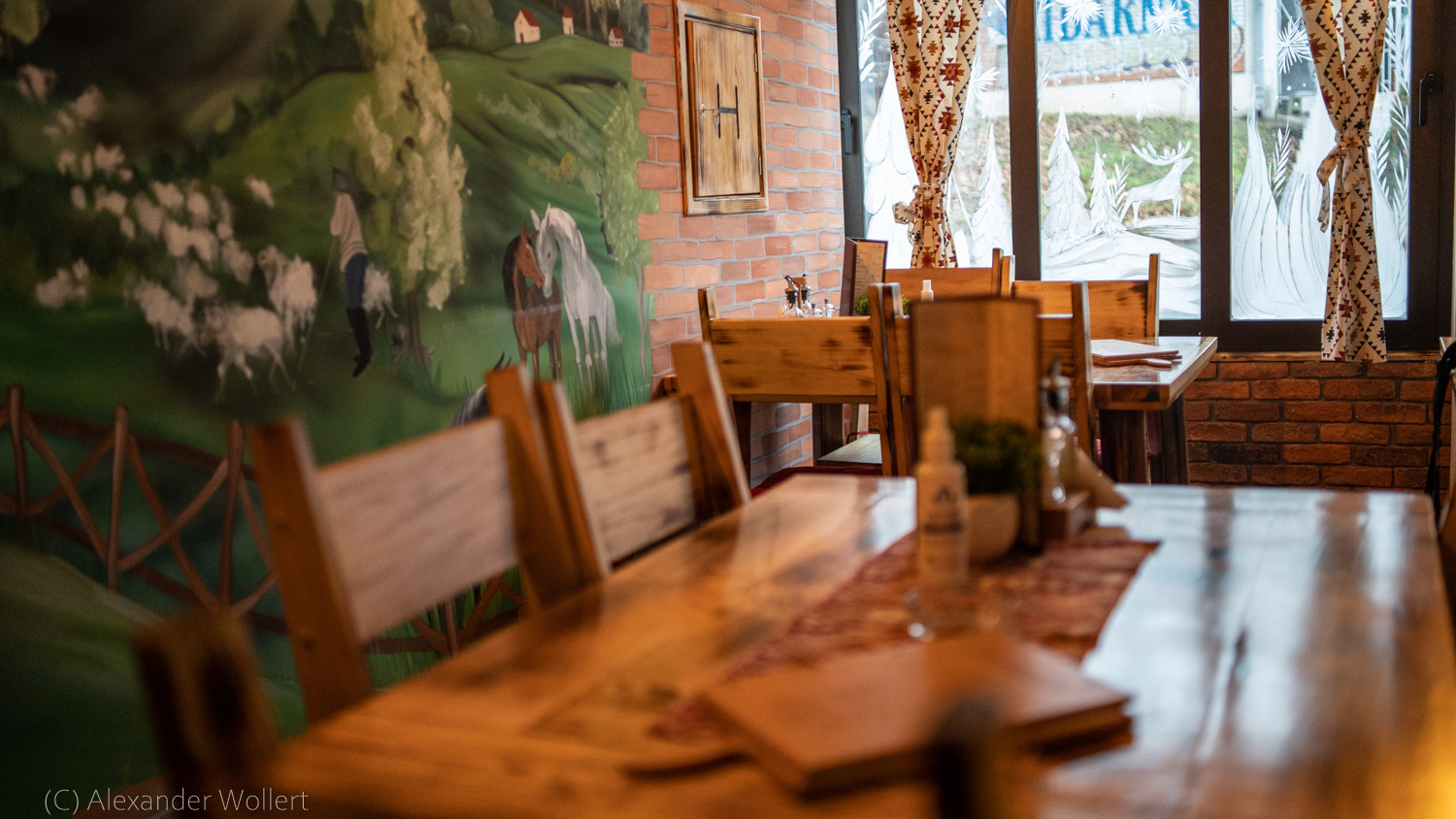






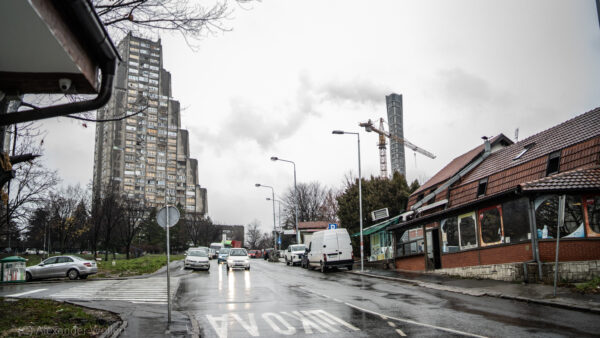

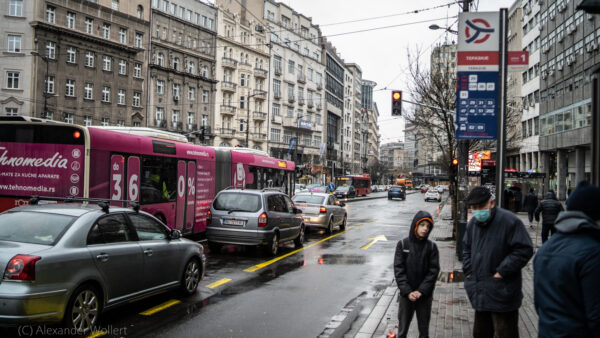

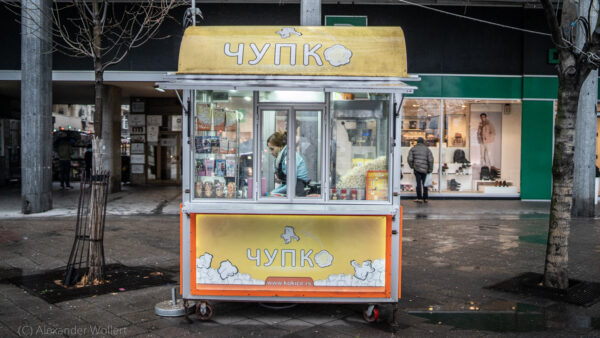
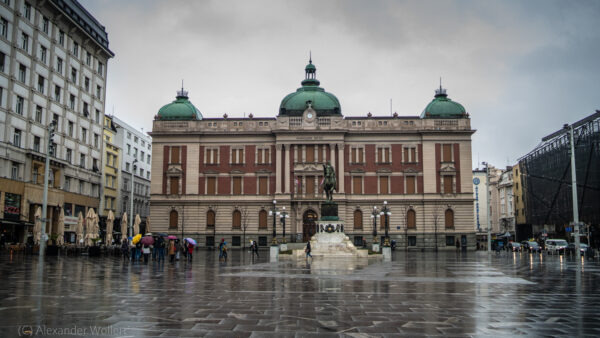
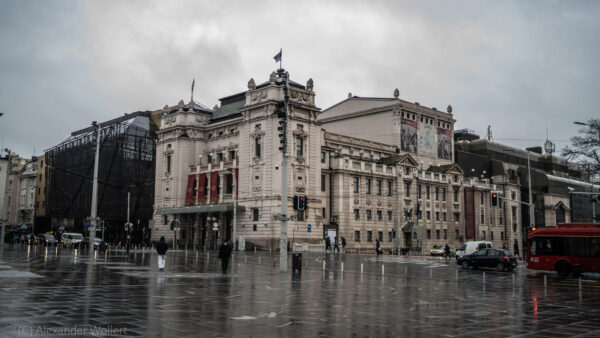
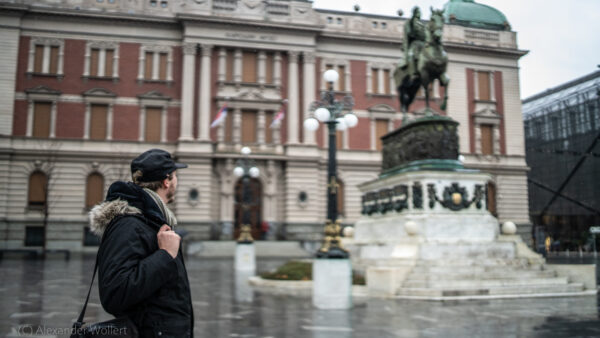
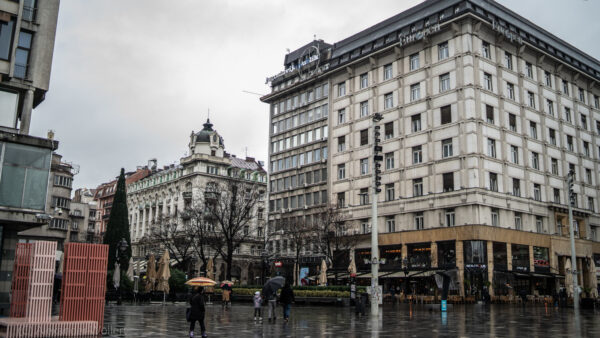

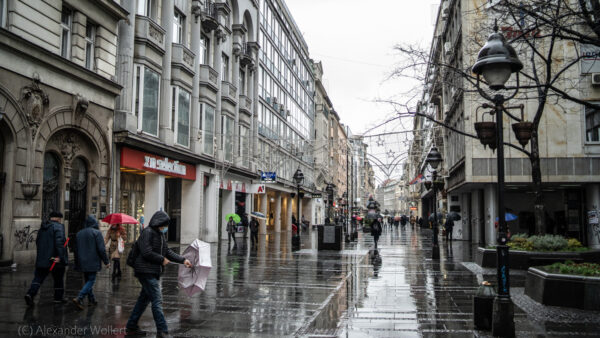

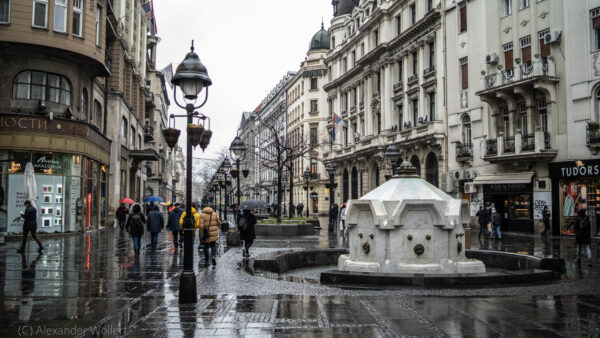

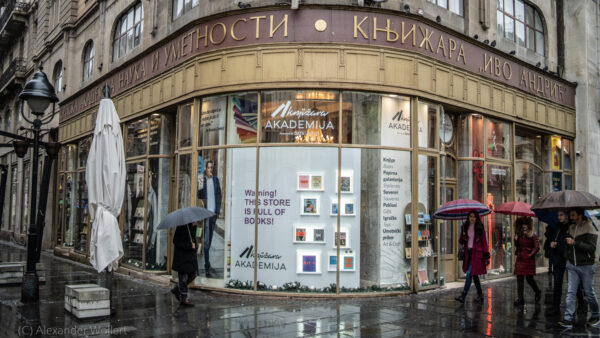

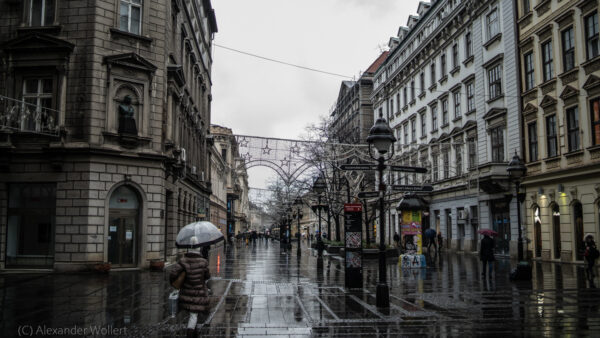





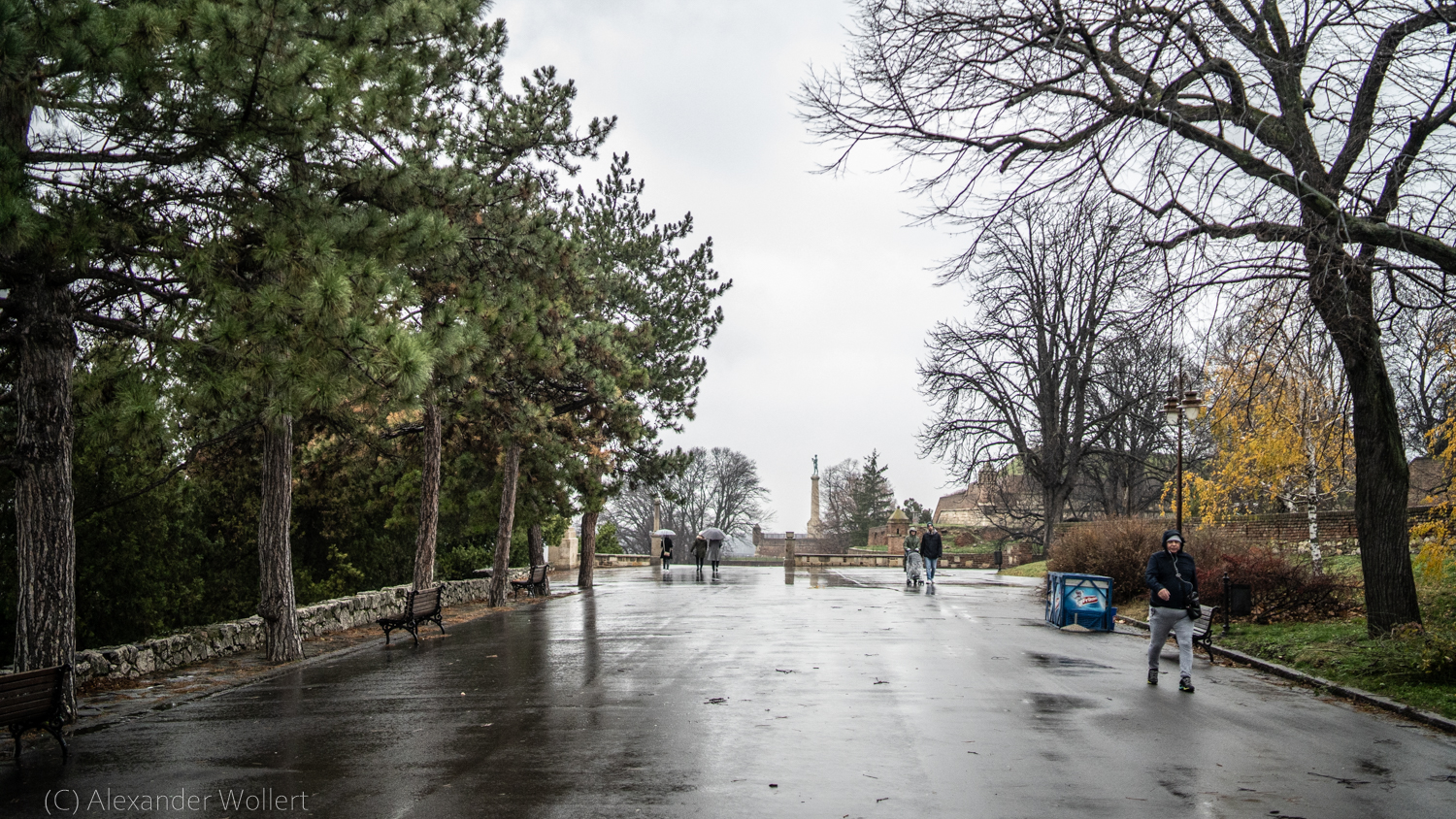

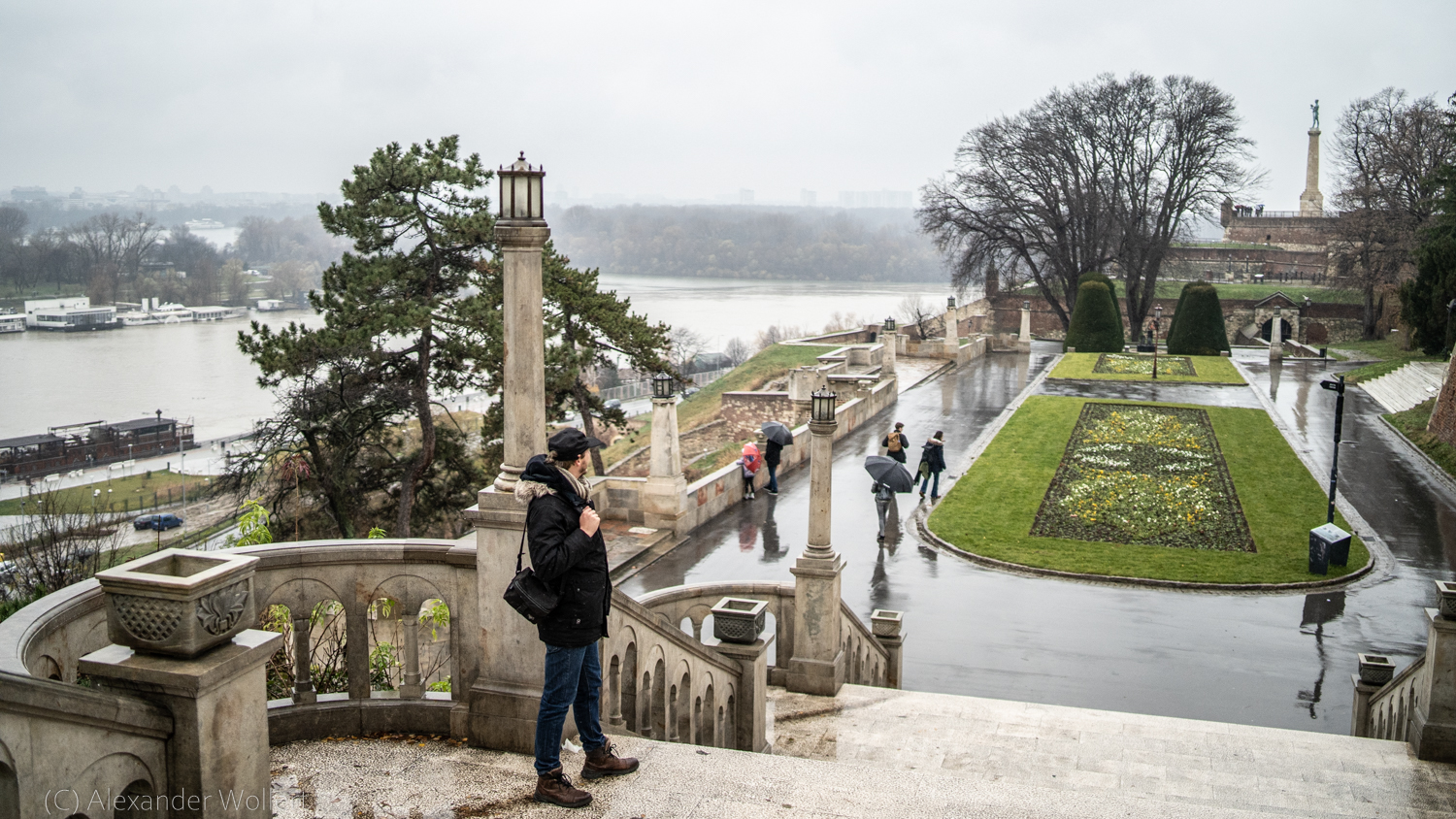




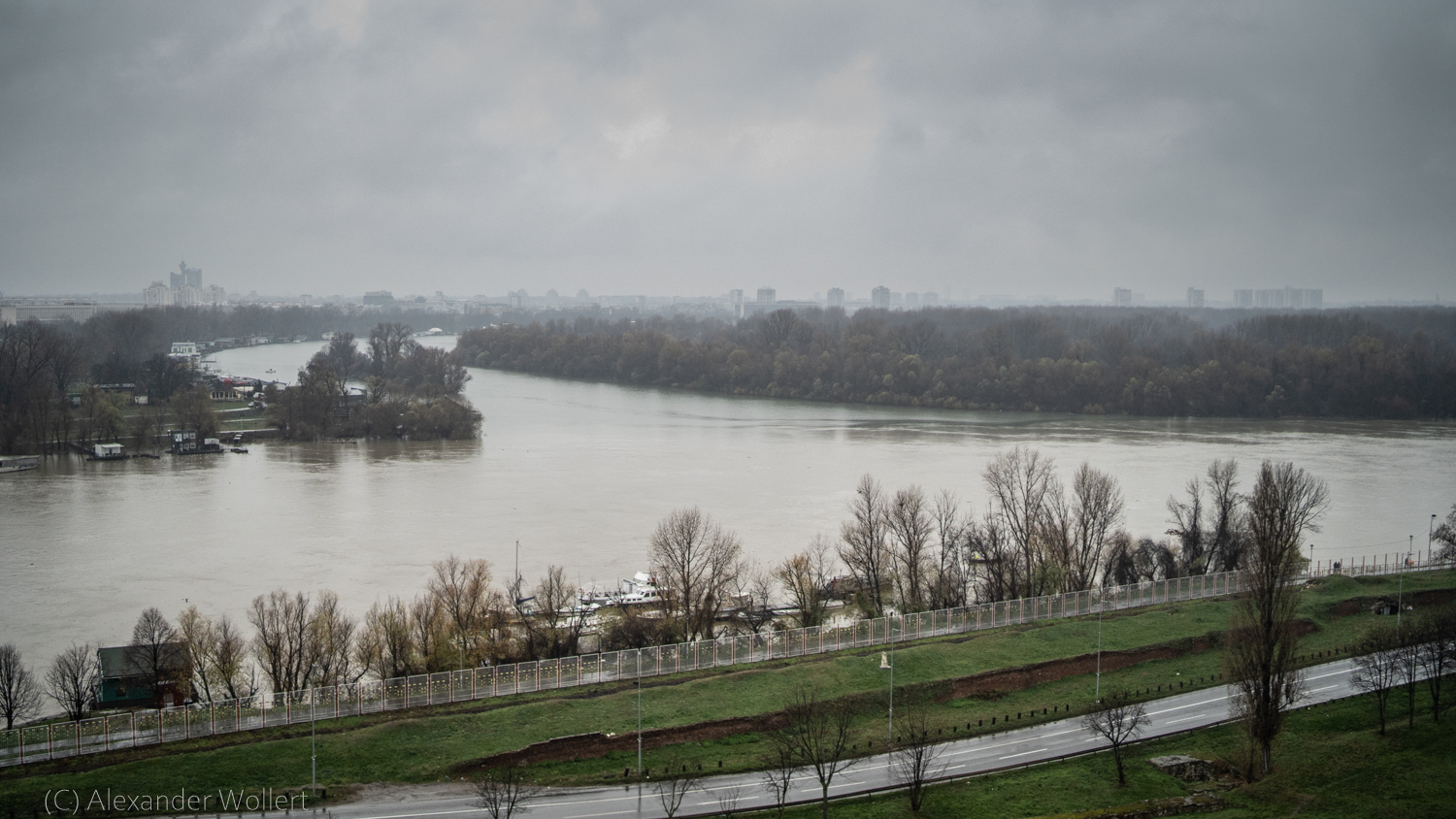


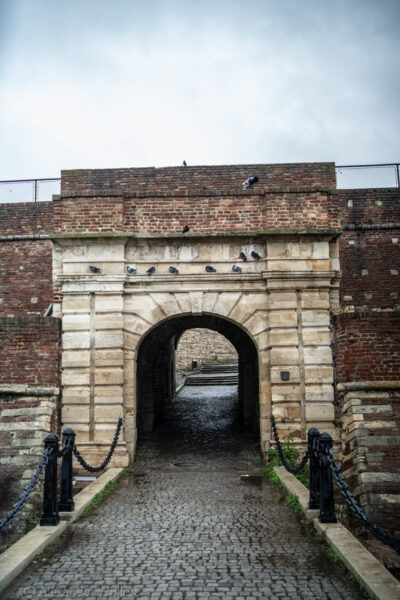
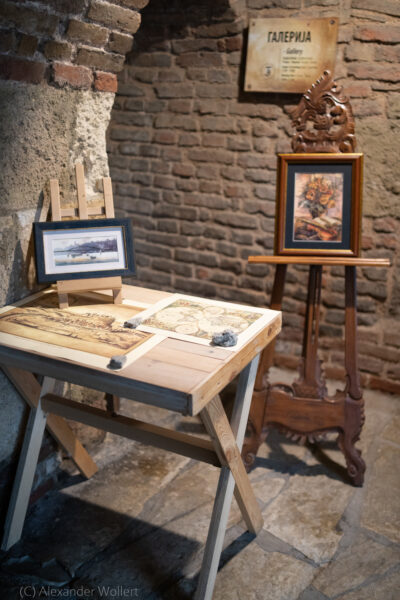
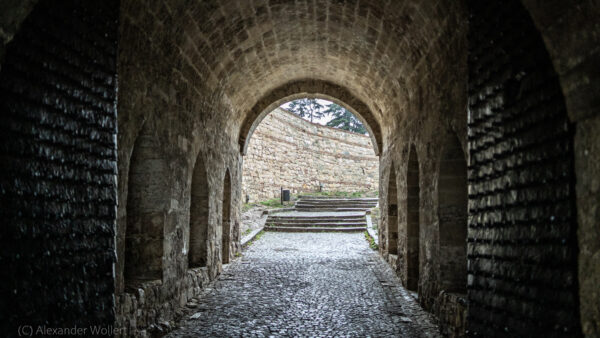

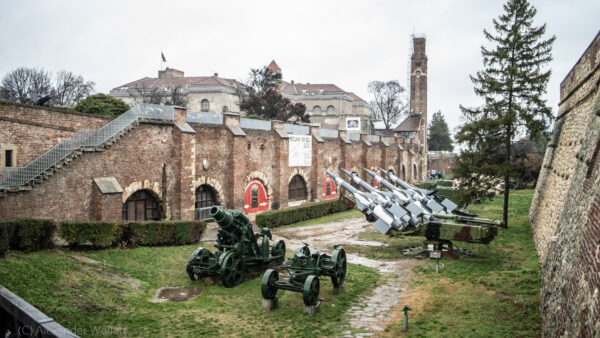

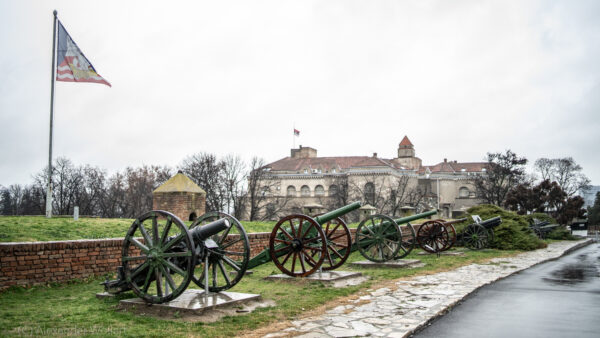









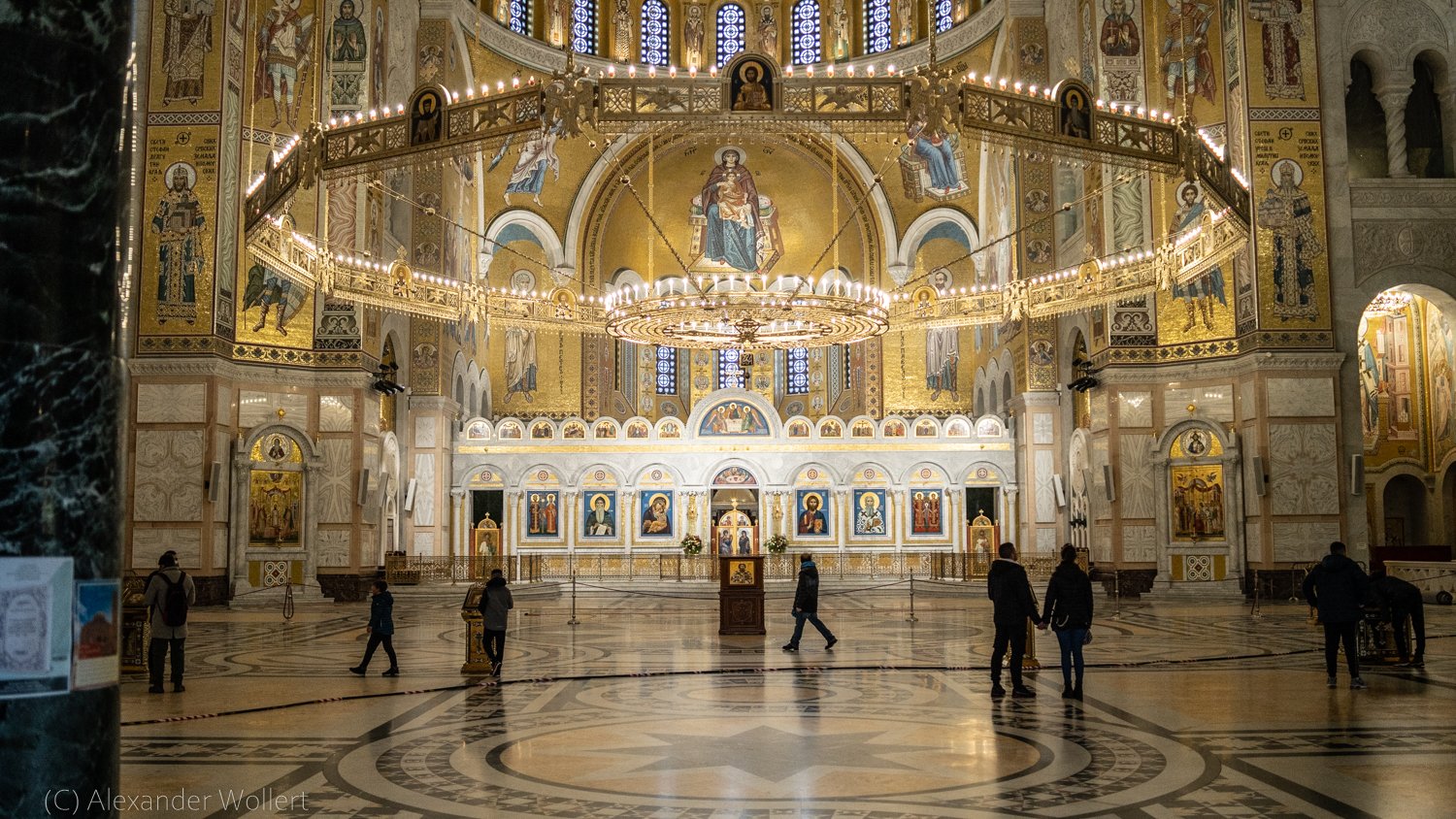


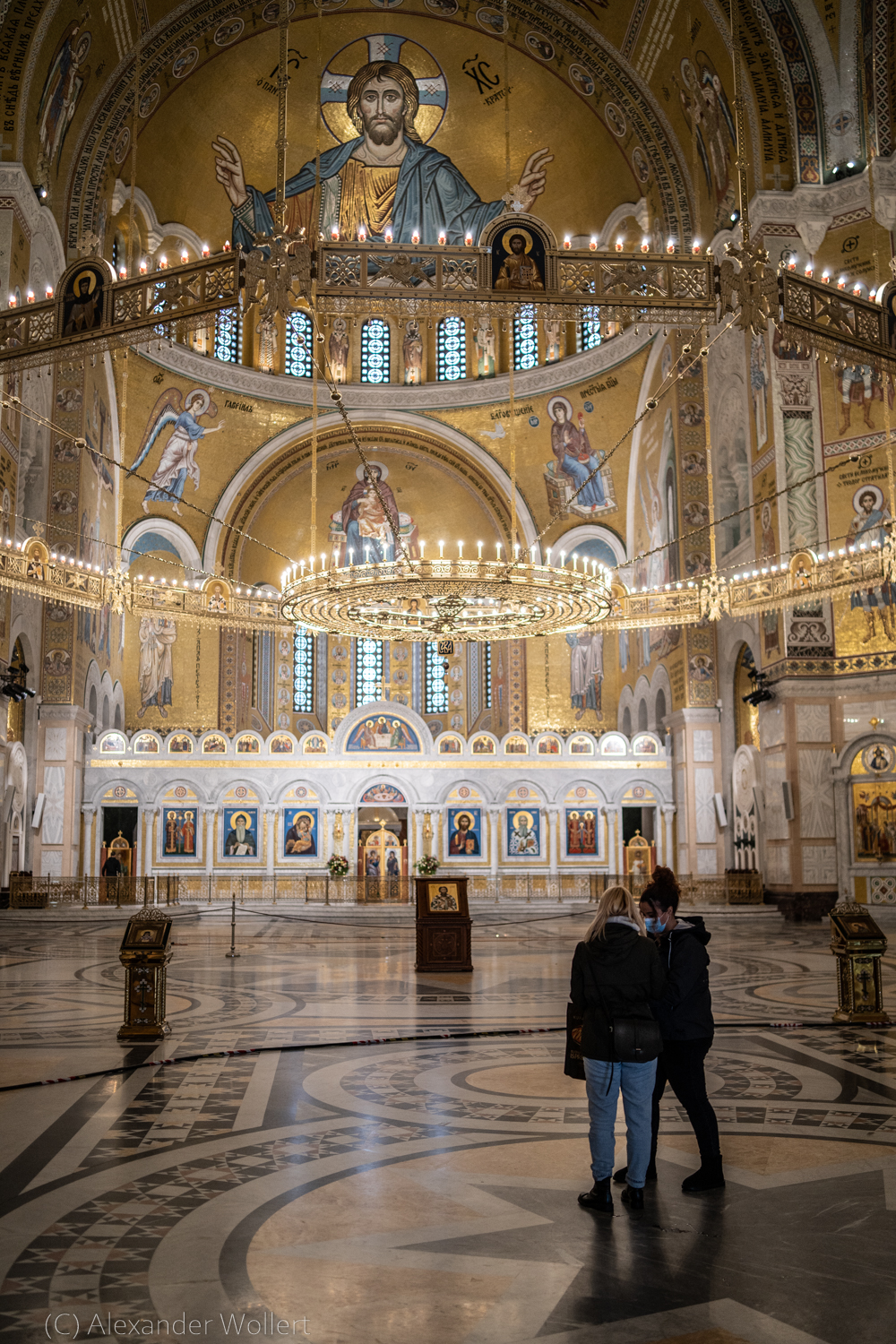






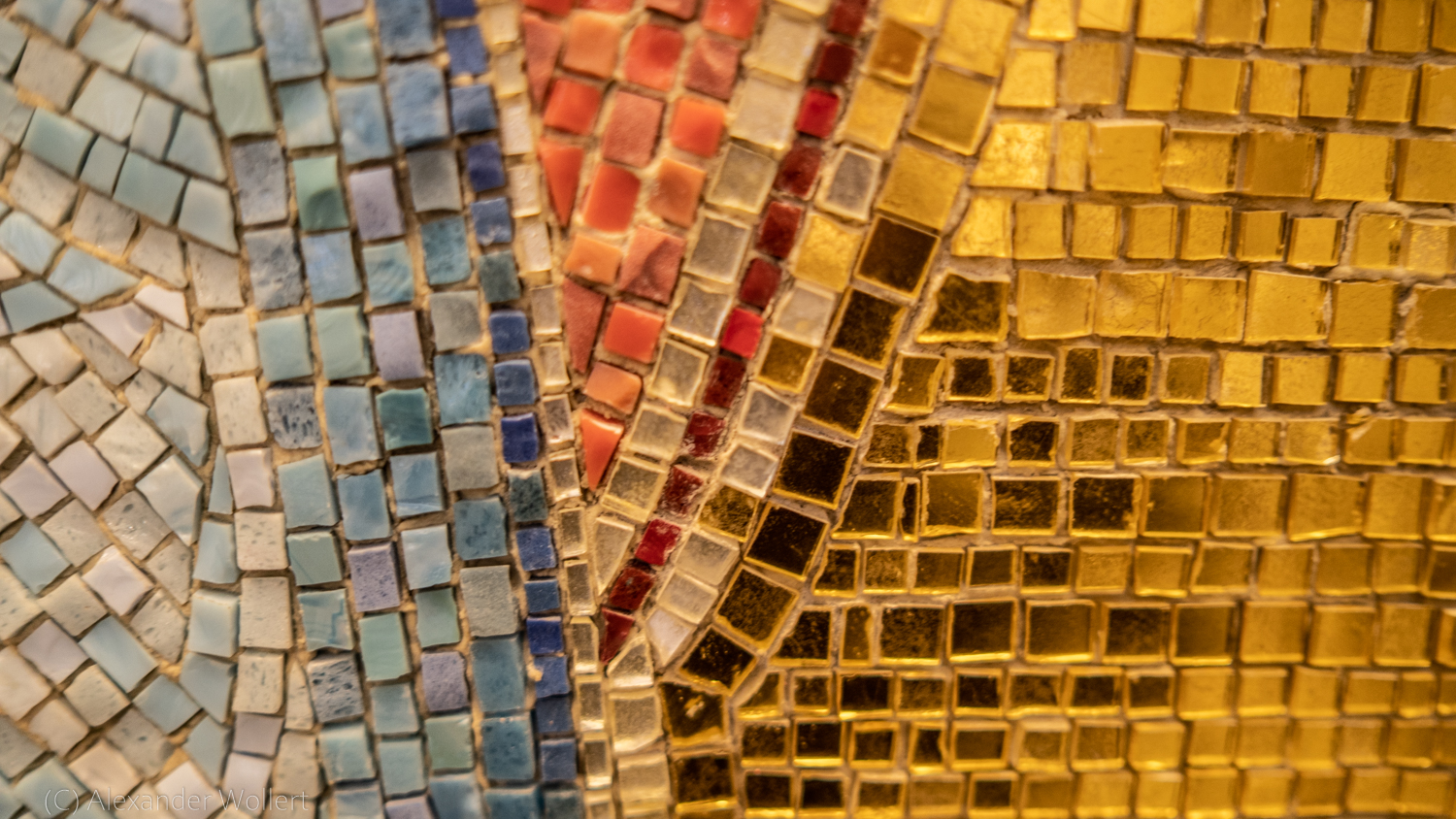


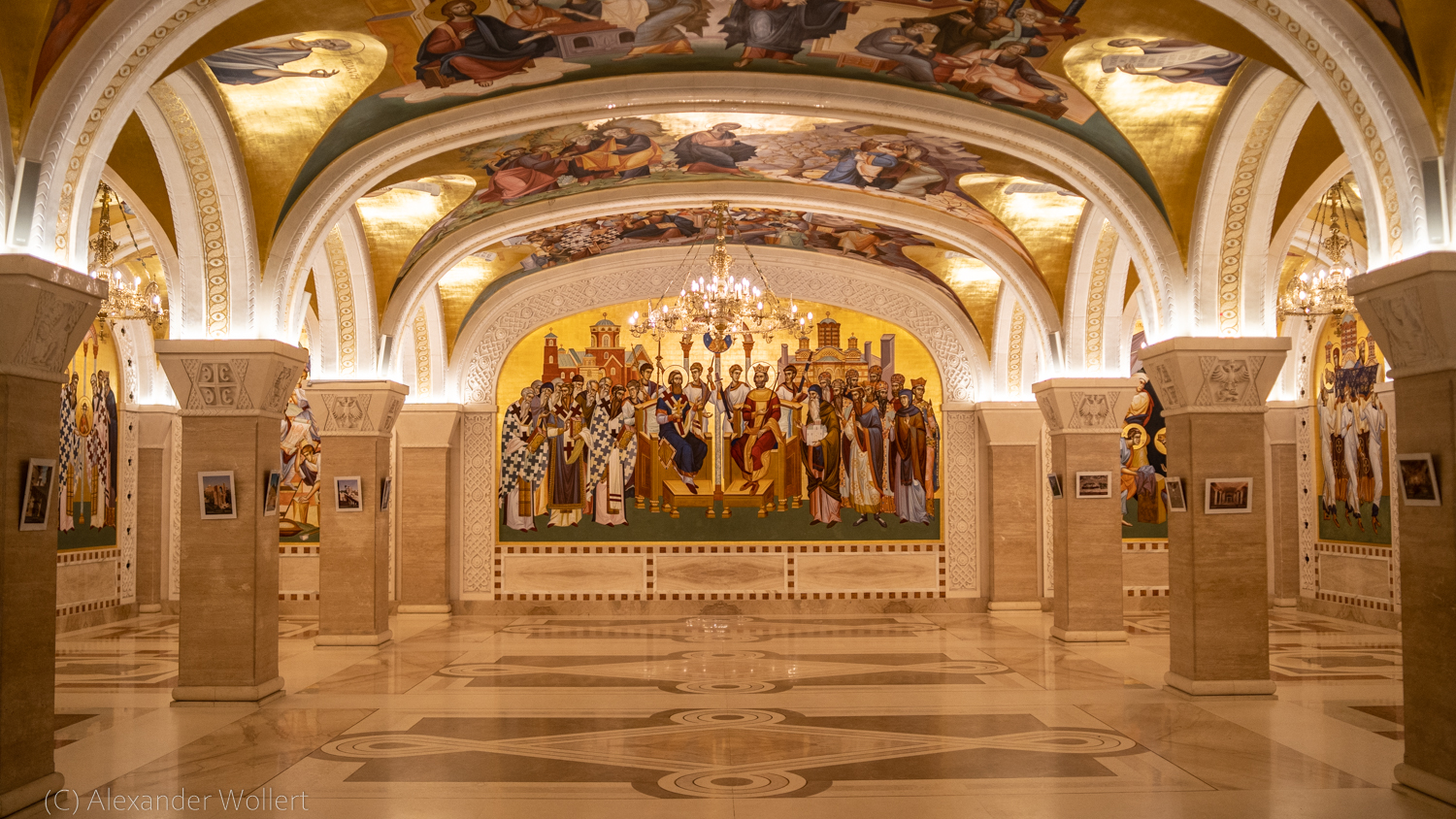
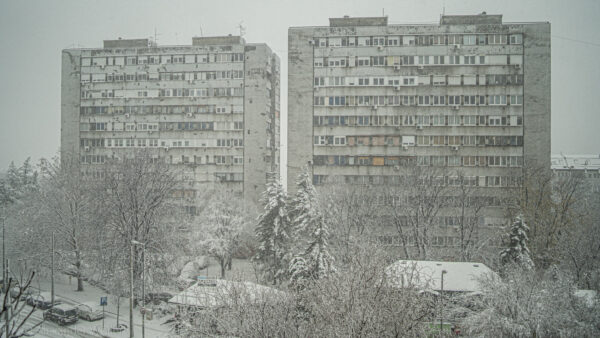

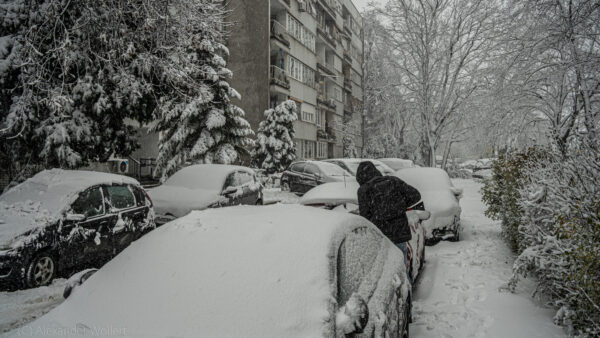

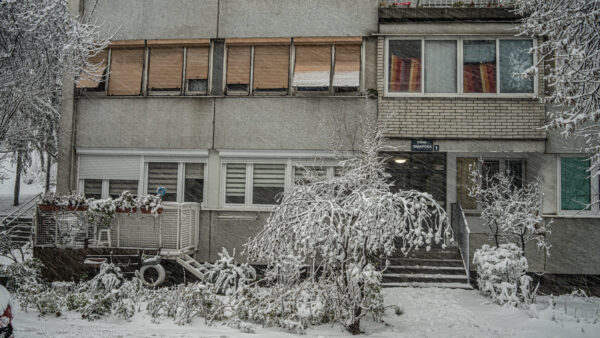






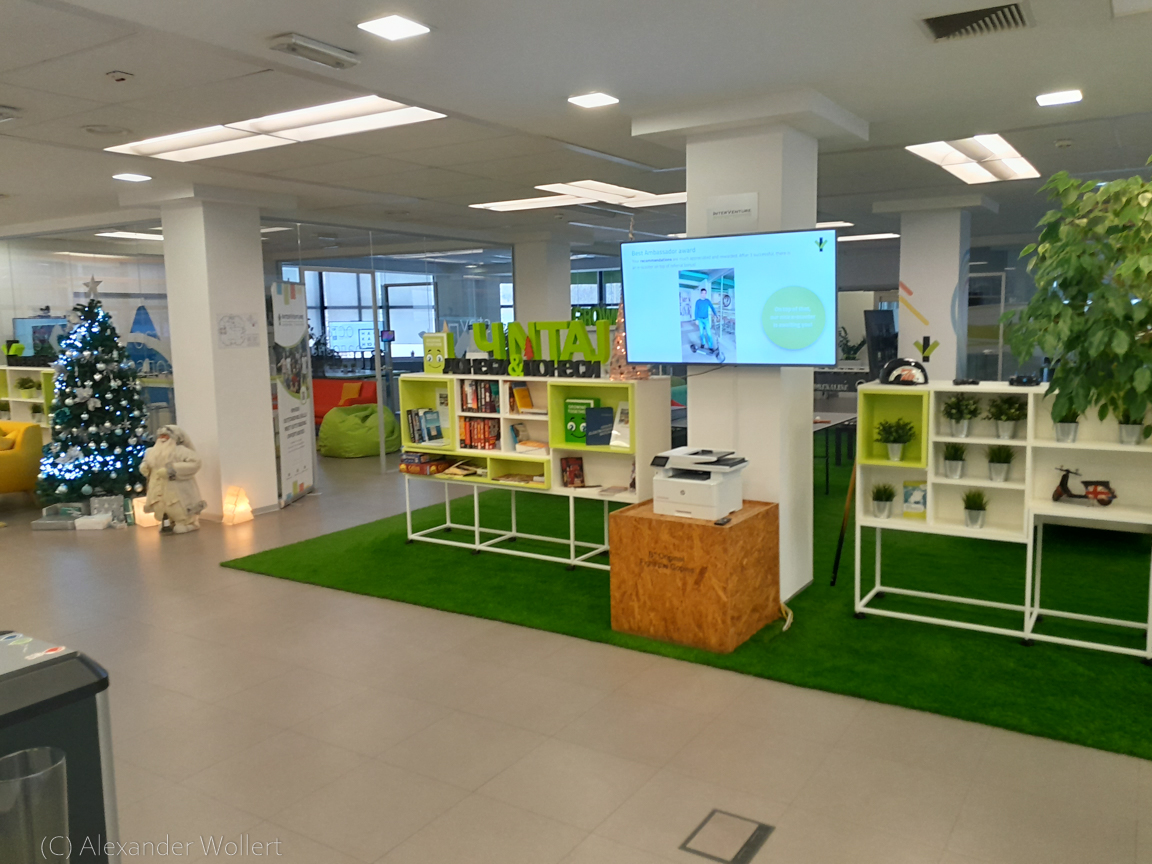






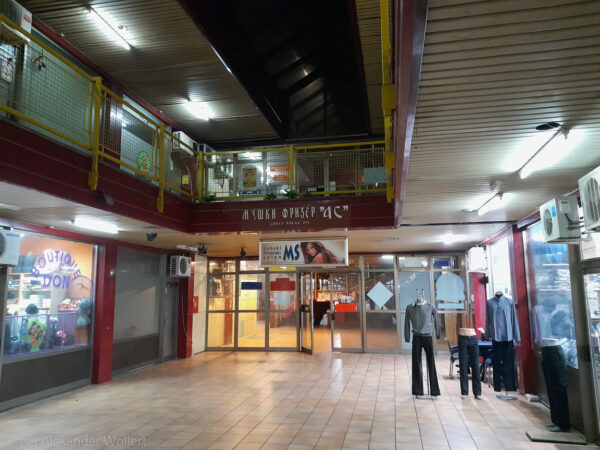

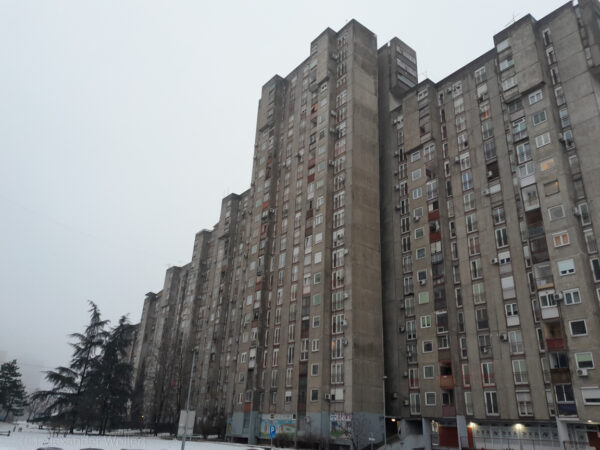

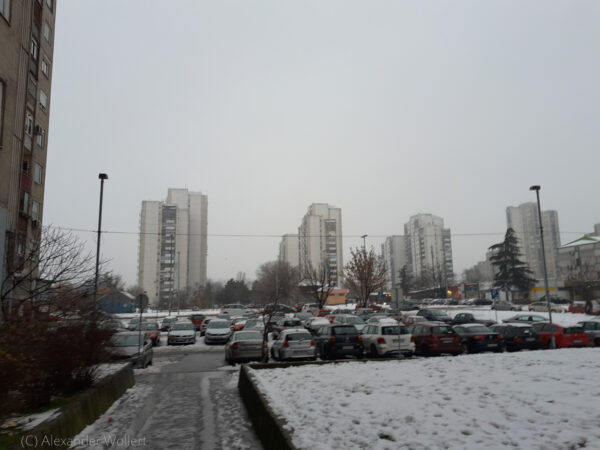
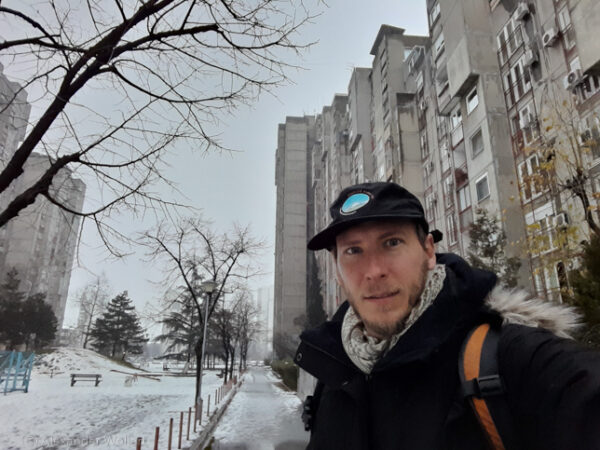
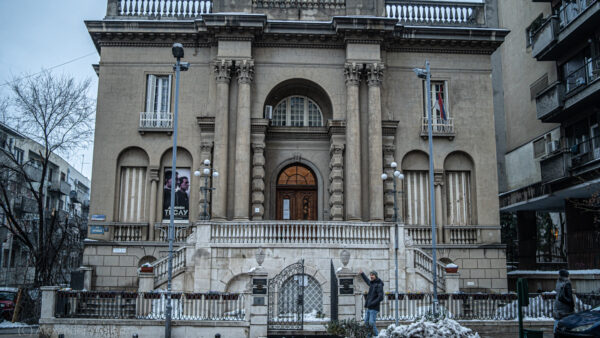

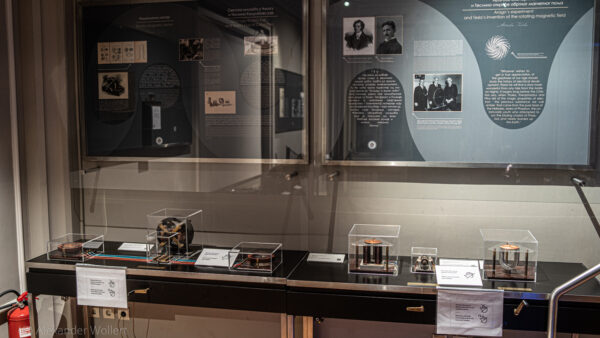
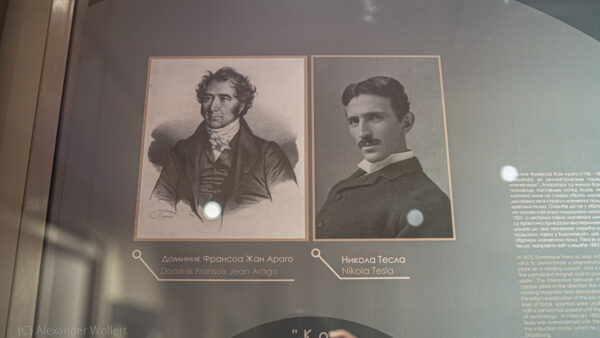
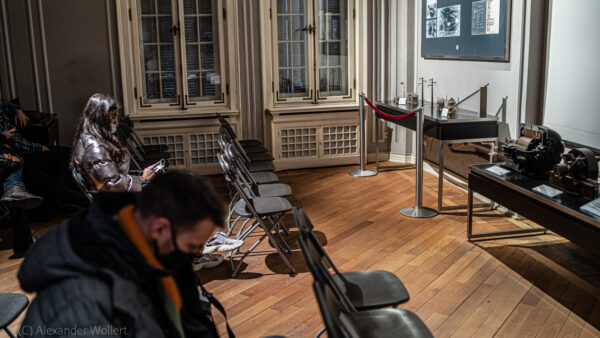
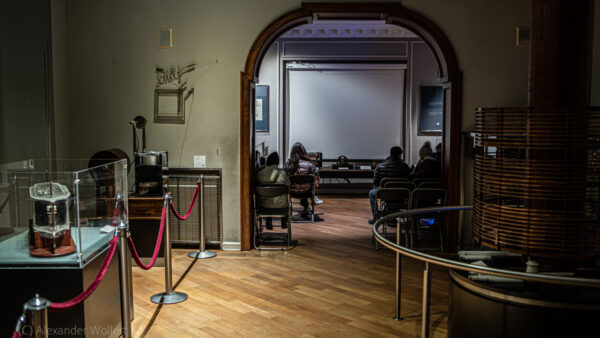


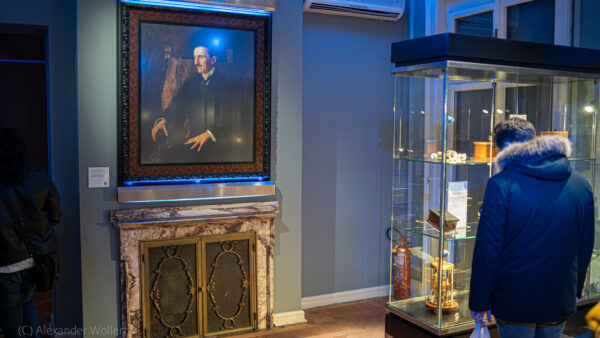
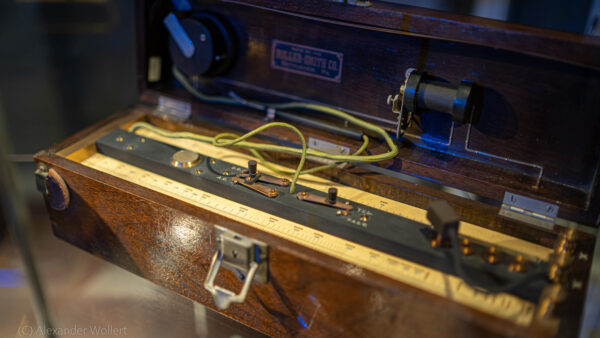
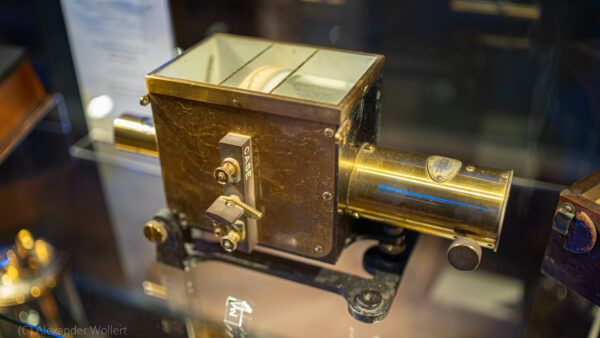

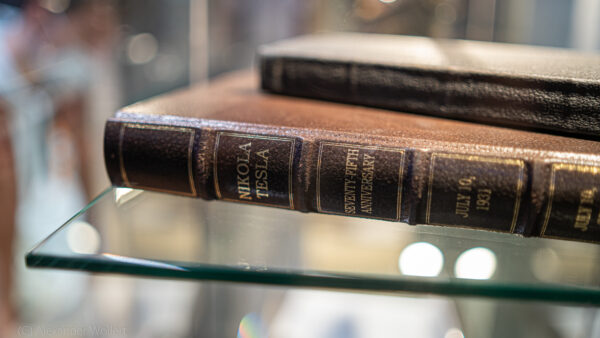

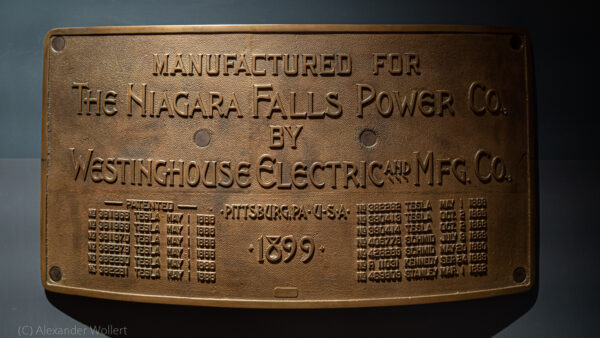

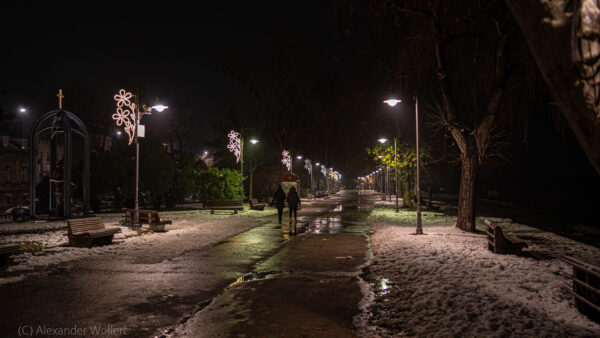

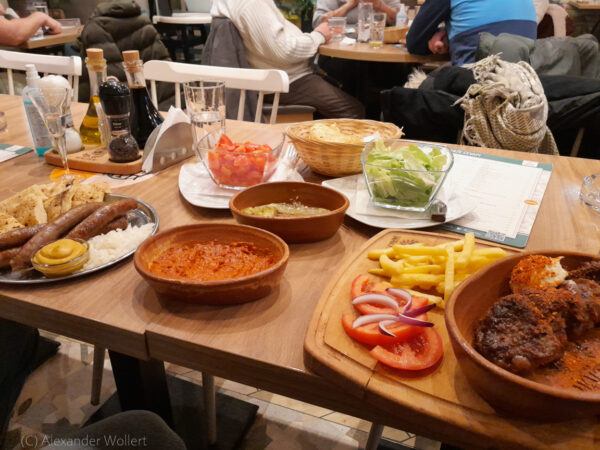

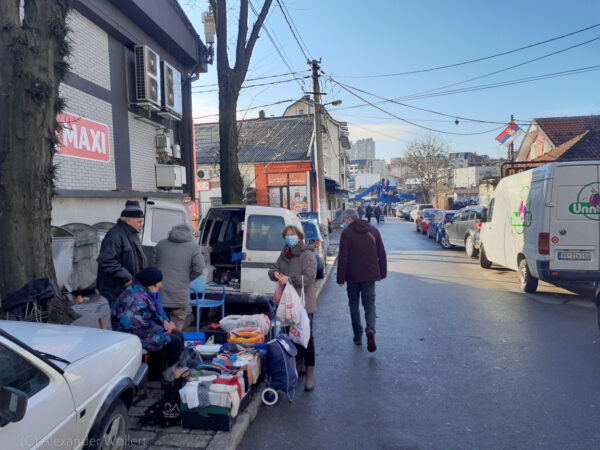
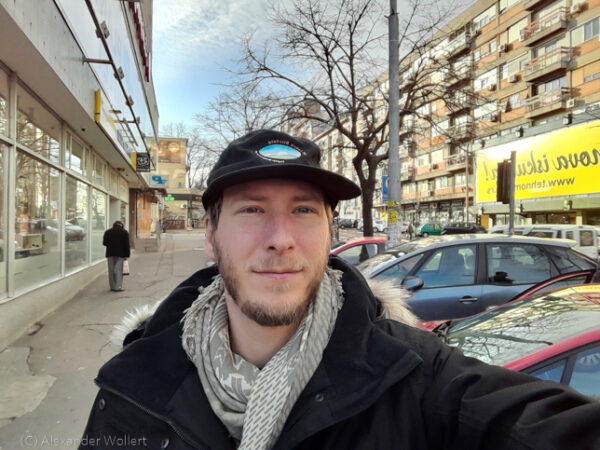
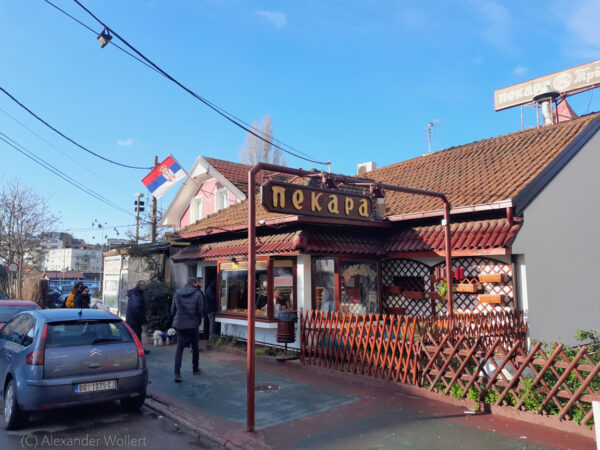












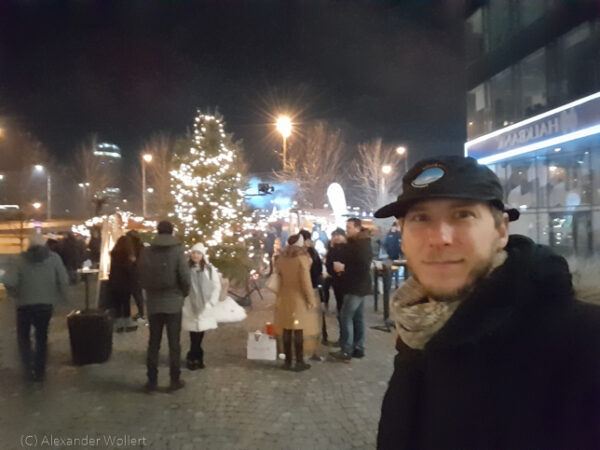


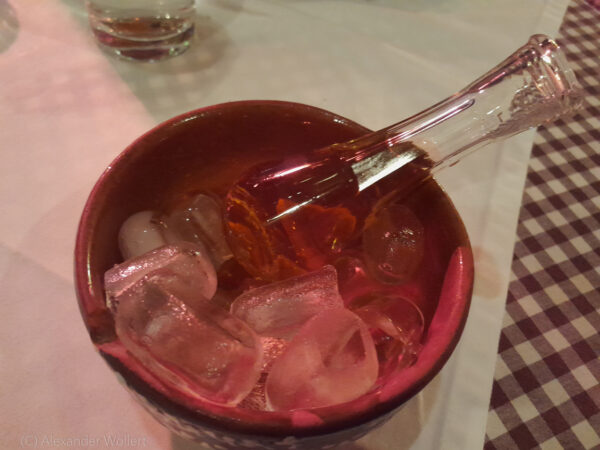

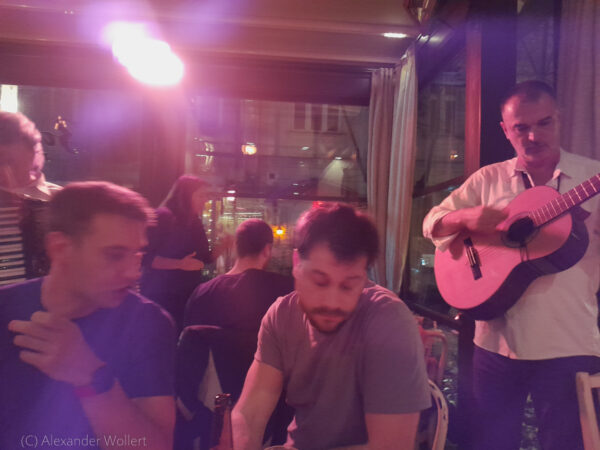



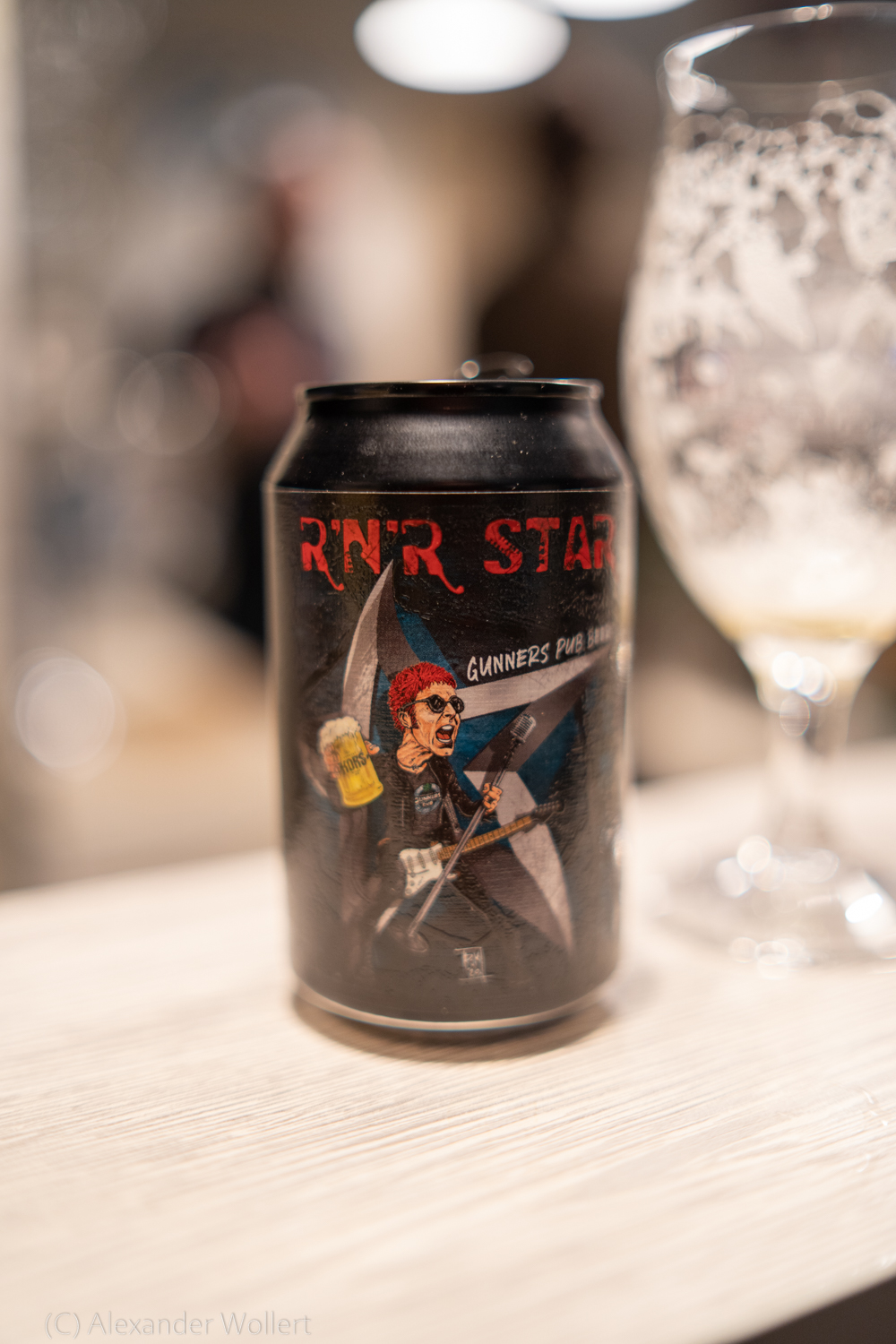


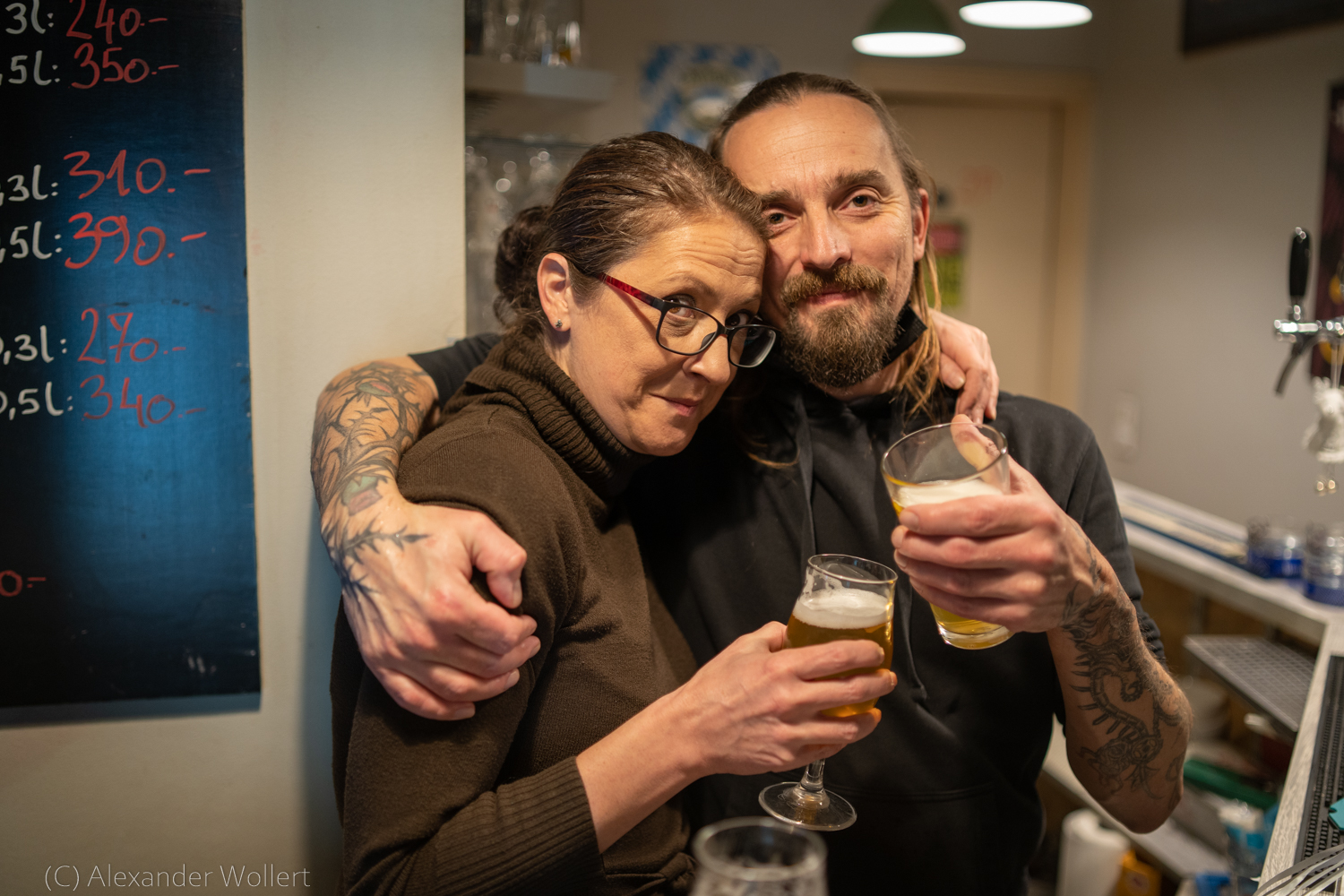

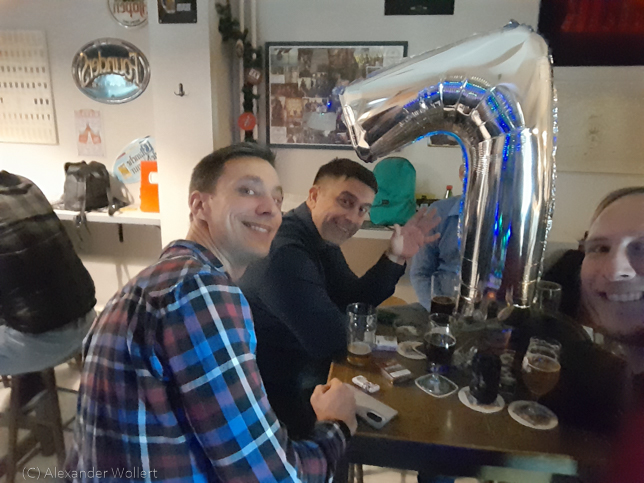


Ivanas want you back! 🙂 You are a great travel teller!
I can’t wait to come back! 🙂